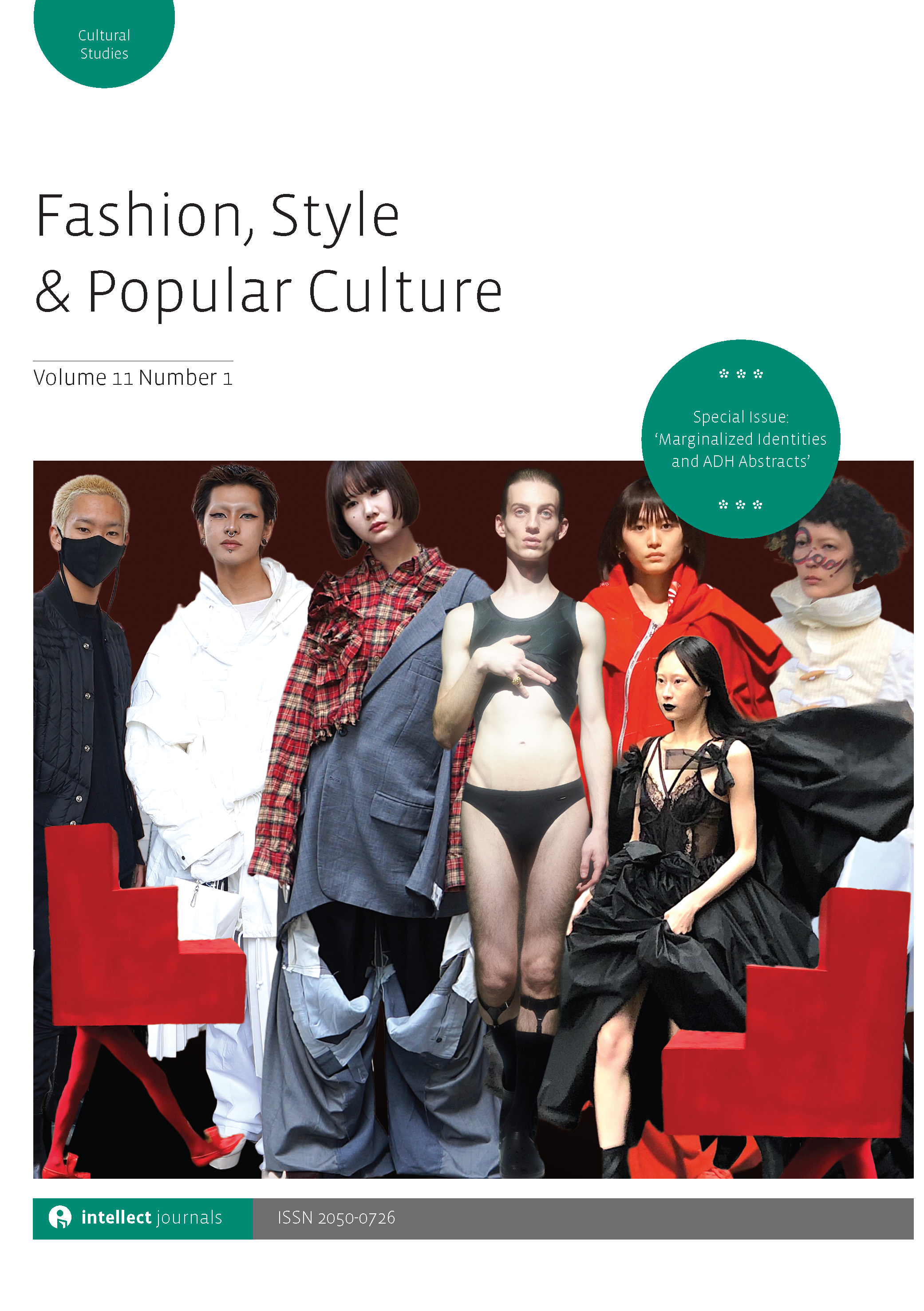
Full text loading...

 , Anneke Smelik2
, Anneke Smelik2
This article analyses the complex relationship between the construction of gender identities among young Chinese females and the practice of dressing up in Hanfu attire. The study employs the perspectives of dress as a situated embodied practice, the performativity of gender and the catwalk as a form of performance art. By drawing on an ethnography of self-defined Hanfu fans in Beijing, China, the authors investigate how the female participants construct femininities through performing on Hanfu catwalks. The ethnographic findings are that, first, the Hanfu catwalk mediates the intricate interplay of Chinese aesthetic norms and gender expression between performers and the audience. Second, wearing Hanfu is an embodied practice unifying the Hanfu costume style, gender construction and corporeal acts, situated in China’s sociopolitical context. Third, Chinese femininity is complex, with both flexibility and internal conflicts, reflecting China’s paradoxical modernization.

Article metrics loading...

Full text loading...
References


Data & Media loading...
Publication Date:
https://doi.org/10.1386/fspc_00244_1 Published content will be available immediately after check-out or when it is released in case of a pre-order. Please make sure to be logged in to see all available purchase options.